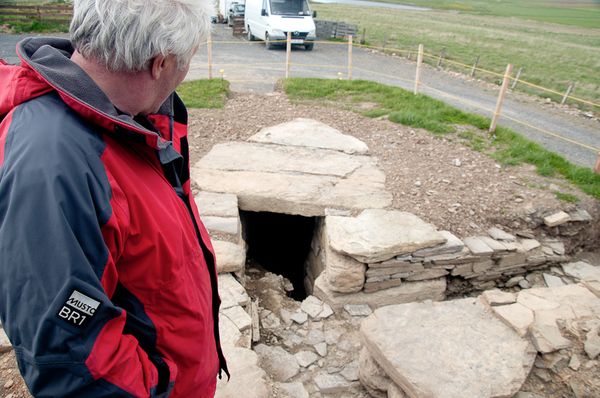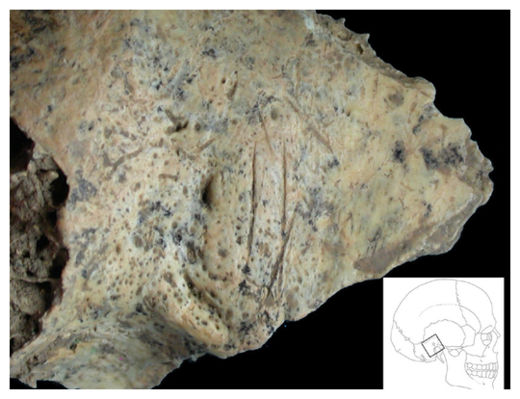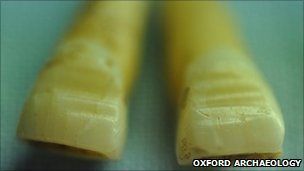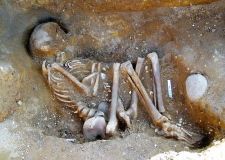
© NASA
Bulgarian scientists have found the ancient shores of the Black Sea, currently deep beneath the waves, which they claim were the original shores about 7500 years ago, when the Black Sea at the time was just a fresh water lake, the Bulgarian National Television (BNT) reported on July 7 2011.
The team, led by Professor Petko Dimitrov of the Institute of Oceanology in Varna, which is part of the Bulgarian Academy of Sciences (BAS), returned from an expedition aboard the research vessel Akademik, saying that they have found the ancient coastline close to the Cape of Emine. Archaeological evidence suggest that this particular spot was part of the ancient coastline, the BNT said.
The common theory of the creation of the Black Sea says that there was a massive deluge through the straits of Bosporus (modern Istanbul), where waters from the Mediterranean flooded into the lake. Once the Mediterranean Sea breached the Bosporus Strait, it irreversibly changed the history of the people in the area, as well as the flora and fauna.
In 1997, William Ryan and Walter Pitman published evidence that a massive flooding of the Black Sea occurred about 5600 BCE through the Bosporus. According to the theory, glacial melt-water had turned the Black and Caspian Seas into vast freshwater lakes draining into the Aegean Sea before that event. As glaciers retreated, some of the rivers emptying into the Black Sea declined in volume and changed course to drain into the North Sea.



